Tags
When I was looking for background material for the post on Jackson & Walford, booksellers of St. Paul’s Churchyard, for my other blog, I found the Autobiography of William Walford which led me to Beasley’s Yard in Uxbridge.
The Autobiography was edited by John Stoughton and published in 1851 by Jackson & Walford. It takes the form of letters written by Walford senior to his friend Stoughton with the intent of having the letters collectively form a memoir of the reverend’s life. As I already said in the blog post on the booksellers, father William was not very good at details such as names or dates, so it is a bit of a haphazard process to distill his life story from the book, but what I am most interested in for the purpose of this post, is his connection to Beasley’s Yard.
The reverend says in one of his letters that he moved from Hackney to Uxbridge “about the time of the publication of this work”. “This work” is his new translation of the Book of Psalms as – in his view at least – the so-called ‘Authorized Version’ was badly translated and could be improved upon. Walford’s edition of the psalms was published in 1837 by Jackson & Walford, so the move to Uxbridge probably took place in 1837 or 1838. Walford senior had already been acquainted with the Congregational community in Uxbridge for quite some time before his move as he “was in the habit of going almost every week to Uxbridge to officiate in a congregation, the minister of which, a relation of my wife, was advanced in years, and lived but a short time after my visits to assist him were first made”.
After the death of the old minister, Walford continued to travel to Uxbridge, until an illness prevented him from doing so. In the years that he suffered from ill-health, the congregation was first served by a friend of Walford and later by a former pupil, but when the latter left for Birmingham, Walford’s health had improved enough for him to take up his duties again. He moved to Uxbridge “as the congregation was not large, [he] thought the discharge of the duties which it involved would not be oppressive”. His house stood “on Uxbridge Common, moderately elevated, and commands, on the eastern front, the hills of Harrow, Highgate, Hampstead, with several others; and on the west, the vicinity of Windsor, sufficiently near to see the Royal Standard, which waves with the breeze, when the Court is at the Castle”. Uxbridge Town was less than half a mile away from his house and as London could be reached in two hours, the reverend was quite pleased with his new abode.
These days, Uxbridge can be reached in less than half the time it took Walford, so one day I went by Underground to have a look at what was left of the meeting house where he had officiated. The building is situated just off the High Street in Beasley’s Yard, named after Thomas Ebenezer Beasley, the minister of the church from 1790 to 1824.(1) Walford does not mention the name of the minister whose duties he took over, but it could well have been Beasley. The Old Meeting Congregational Church is said to have been founded in the 1660s, but meetings were held in the homes of members until 1716 when their first meeting house was erected.
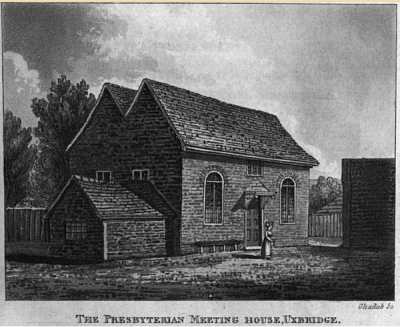
The 1716 building from The History of the Ancient Town and Borough of Uxbridge by G. Redford and T.H. Riches (1818)
To the right of the tower, next to the windows on the present-day building, a few tiles forming the year 1883 can be seen and a plaque on the tower itself gives both the original year of 1716 and the year of the extension and rebuilding of 1883. The west wall was rebuilt, the three remaining 18th-century walls were raised to support a new roof, and a small square tower and vestry were added for a total sum of nearly £1,300.(2) The windows are fitted with stained glass in a simple style, befitting the Congregational tenets.
The congregation was never very large and in 1962 it merged with the Providence Congregational Church to form the Uxbridge United Church and in 1972, the Congregational and Methodist churches amalgamated into Christ Church and the building in Beasley’s Yard was no longer needed as a church, but is now used for community purposes and has been renamed Watts Hall, in honour of Isaac Watts, the hymn writer.
When I visited the yard, there was no one around to ask if there was any possibility of looking inside, so the pictures from the outside will have to do, but you can see some inside pictures here.
William Walford’s Autobiography can be read online here.
A 1960 photograph of the yard can be found here.
(1) http://www.eddiethecomputer.co.uk/history/galli.htm.
(2) A History of the County of Middlesex, volume 4 (1971).

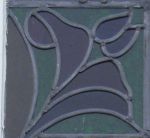



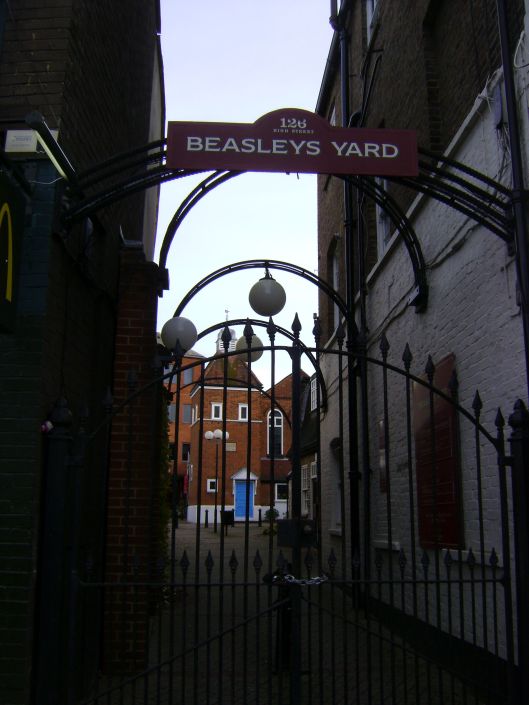


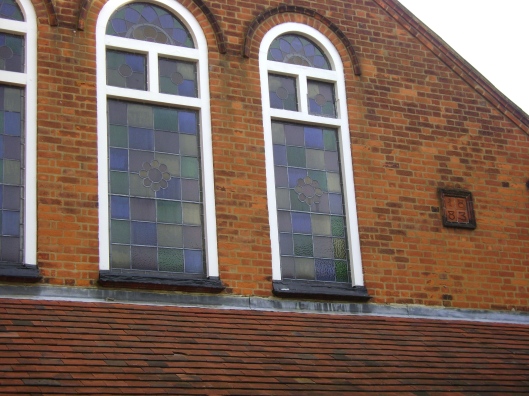


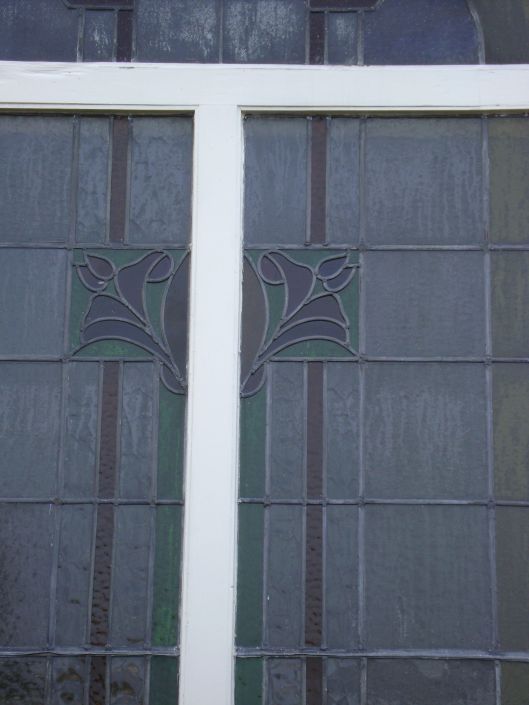
Pingback: Jackson & Walford, booksellers | London Street Views